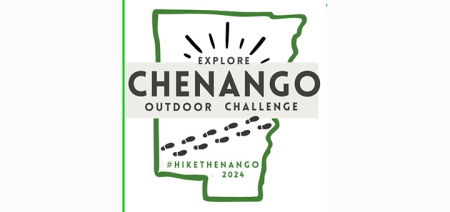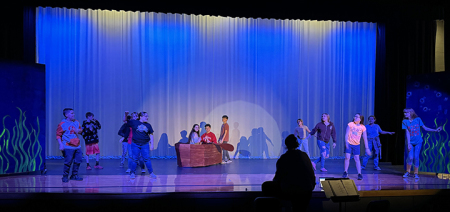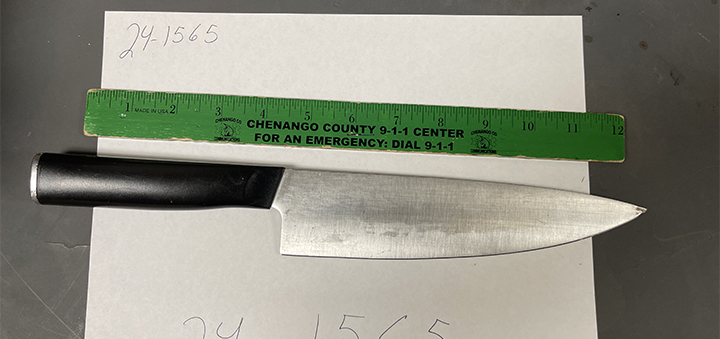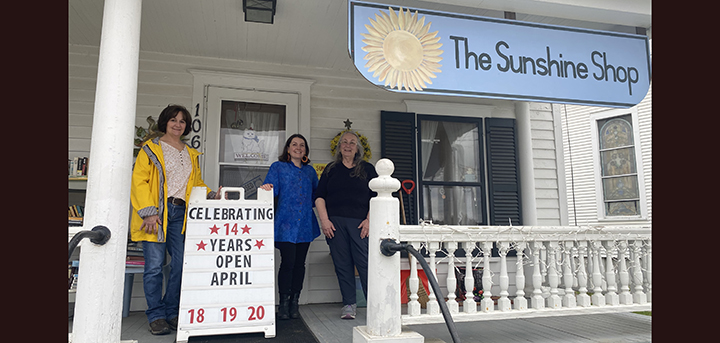Off The Map: Week Six - Heir To The Copper Throne
Published:
August 9th, 2010
By:
Bryan Snyder
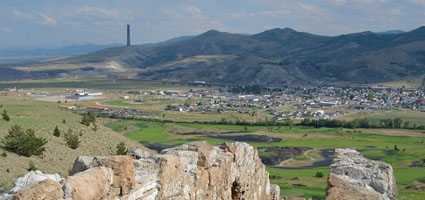
On a hill above the Montana town of Anaconda, the great and mighty Stack watches placidly over the remains of a once-vast copper empire. After 90 years, the smokestack still lays claim to the title of world’s tallest free-standing masonry structure, even though the smelter that kept it supplied with a steady diet of toxic fumes shut down in 1980. Its throne of connecting plants and factories was dismantled, but the 585-foot high tower of brick and mortar was left behind as a figurehead monarch - a powerless relic from the age when copper was king.
If the Stack still rules, it rules over a ruined kingdom. This region constitutes the country’s largest Superfund site, with contaminated waters leaching from the mines of Butte and contaminated soils coating the hillsides downwind from the smokestacks of Anaconda. The two towns had a symbiotic relationship for nearly a century: Butte mined the ore, Anaconda smelted it into usable copper, and together they helped in the building of a nation.
Now Butte has been left with its own gargantuan monument to former glories, the Berkeley Pit – a mile-wide crater flooded with arsenic-laced water as acidic as lemon juice. Entire neighborhoods in Butte were demolished and consumed as the open mine expanded and deepened, and after mining ceased in 1982, the waters within the pit began to rise, creating a lake that was lethal to wildlife. The water continues to absorb heavy metals from the exposed rock, and a treatment plant on the crater’s rim will have to be kept running in perpetuity or else the city’s groundwater will quickly become contaminated.
All this environmental degradation and the subsequent loss of industry created high unemployment and a glut of cheap housing, which is what ultimately led me in 2008 to become a homeowner in southwest Montana. I am a refugee, one would say, from the exorbitant real estate market of southern California. $30,000 in Santa Barbara would buy me a shed. In Anaconda, it bought me two houses. Granted, one of them was fire-ravaged and had a hole in the roof, but they were all I could afford on a naturalist’s salary, and restoring them to habitable condition sounded as adventurous as any mountain climb I’ve ever attempted.
The fact that I would choose to spend my summers next door to a Superfund site is testament to the healing that has occurred in the thirty years since the Stack stopped spewing poisonous gases into the air above Anaconda. The skies are now pristine. Contaminated soils have been removed and placed in repositories. Mining wastes drifting downstream from Butte flows into settlement ponds, where toxic sediments sink to the bottom, leaving behind valuable habitat for birds and fish. Much more remediation still needs to happen, and interestingly, since 2000, the cost of the multi-million dollar cleanup effort has coming out of the pocket of the BP energy company, which also bears responsibility for repairing environmental damage after the Deepwater Horizon oil spill in the Gulf of Mexico.
After being housebound for several days, I took a break from my own restoration efforts to explore the Tenmile Lakes region on the opposite side of the Pintler Range. Forests here had once been clearcut to feed the furnaces beneath the Anaconda smelter stack. In a somewhat diabolic exchange, the winds carried toxic dust and ash away from the oversized chimney, lifting some of it back over the hills and sprinkling it across this same area, poisoning livestock and crops with arsenic and lead.
Perhaps to forestall lawsuits by irate farmers and ranchers, the Anaconda Copper Company purchased much of the affected property. And as if to prove that local animals were not being harmed by emissions, the company built their own ranch near Tenmile Lakes to rehabilitate mules that had become sick working under unhealthy conditions in the nearby mines.
The success of the Mule Ranch in restoring mules to health is uncertain. Today the ranch buildings are disintegrating, but the surrounding countryside, now part of a larger Wildlife Management Area, appeared healthy to the eye. The forests along the Tenmile Lakes trail had grown back. As for wildlife, I cannot say that I encountered much during three hours of hiking except for mosquitoes, which dogged me like a pack of hyenas, nipping at exposed skin and making contemplative pursuits impossible.
In the process of clearing out my burned-out Anaconda home, I came across the previous owner Harry Hill’s old union membership booklet - an artifact from the 1950s, when copper dominated local society and everyone owed their livelihood, in one way or another, to the Anaconda Company. Now the smelter has closed, the jobs are gone, and in 2006, an accidentally-dropped cigar started the fire that left 80-year old Harry without a livable home after fifty years on Maple Street. A lot of people are wondering what’s going to be next for this community, now that copper is no longer king and the once-mighty Anaconda Stack is lord over nothing but a toxic sandbox of black slag.
I guess part of the future involves people like me… moving in, spending money at Hank’s Hardware, fixing up these ramshackle buildings and then going out to enjoy the countryside. Like many others, I came here to bear witness to the natural beauty that has returned after the cleanup and to take advantage of outdoor opportunities in the region: the unsullied slopes of Discovery Basin Ski Resort, the mountainous Pintler-Anaconda Wilderness, and the fishing of purified streams. If I wanted to take up golf, there’s even a championship golf course built on top of an old smelter that uses glassy, black slag for sandtraps. As the land continues to heal, more travelers will come, seeking recreation and solace in a corner of the Rocky Mountains whose beauty had been masked by industry for so long.
In 1986, a citizen’s group successfully fought to keep the Stack from being torn down. Although there is nothing especially pretty about a smokestack, it still serves to anchor this town to the past. In that sense, the Stack serves as the world’s biggest pushpin, tacking down Anaconda’s place in history so it won’t get swept away and forgotten. For better or worse, the obsolete brick tower is part of the local identity. Its legacy is a community built among wonderful scenery… one that has given me, for a time, a place to call home.
Bryan is a 1991 Norwich High School graduate and works as a naturalist at the Rancho Alegre Outdoor School in Santa Barbara, CA. You may reach him mid-journey at foolsby@hotmail.com. Look for Bryan’s columns on our Facebook page – www.facebook.com/theeveningsun.
Author: Bryan Snyder - More From This Author
Comments


